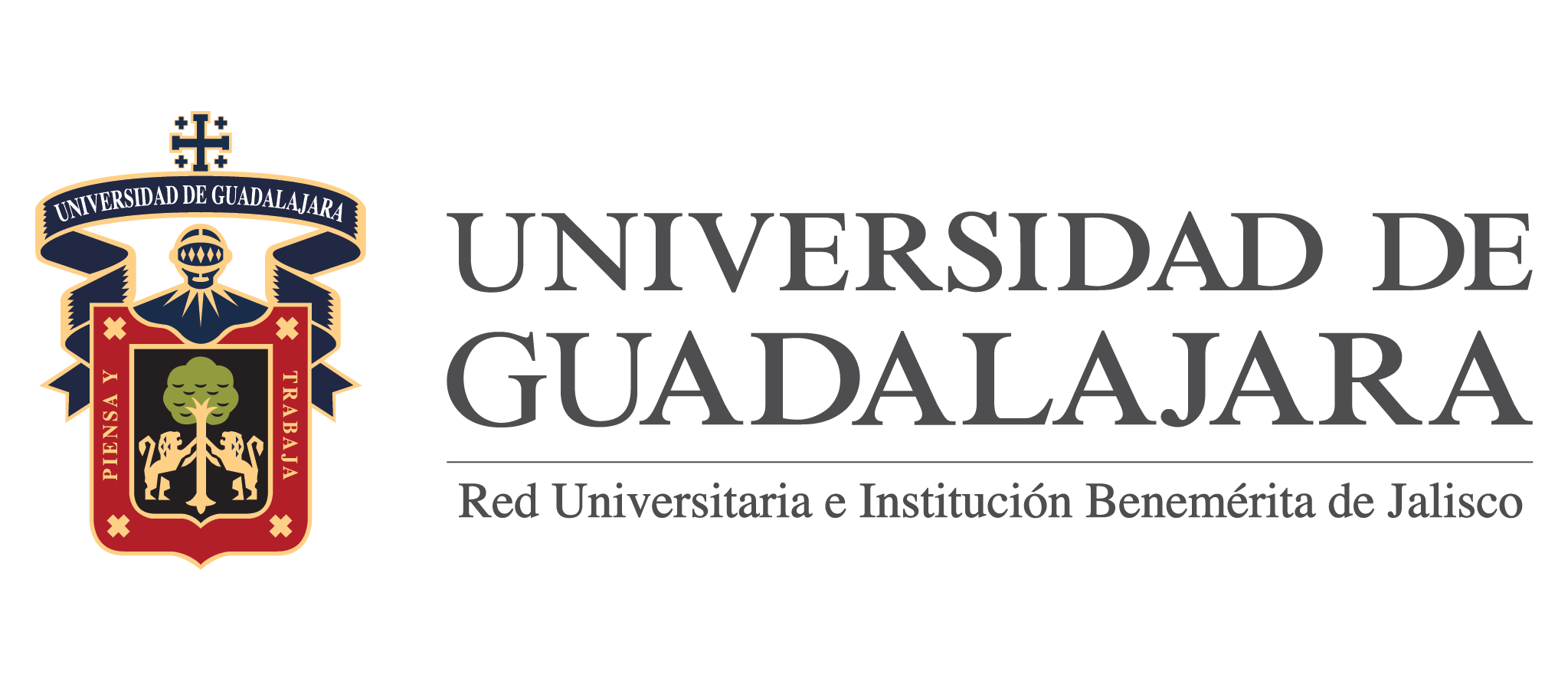The argumentative functions of analogy in the Apology of Socrates
Keywords:
Analogy, Argumentation, Argument, Discussion, FunctionAbstract
The word analogy has its origins in the world of ancient Greece, the first record of its use takes us to the work of Architias of Taranto. Architias was an outstanding statesman and mathematician; in music he was interested in the numerical relationships between the notes of the tetrachord, these numerical distances between the notes he called proportions, αναλογαι. However, the interpretation of proportion as a mathematical relationship perhaps has its origins in a less formal, less mathematical use. The proportion implies a correspondence, in the case of mathematics a correspondence between numbers: 4 is to 5 what 9 is to 10, however, we do not only formulate correspondences in mathematics, we also consider that there are correspondences in other areas: A is the mother of B and B is the mother of C, therefore, A is to B what B is to A.
Analogy is a linguistic resource that is well known for its explanatory use, as well as its use in artistic creations; What we propose here is to show one more use: the one that concerns argumentation. Although it is possible to do analytical work by developing ad hoc analogies, our purpose is to search for examples in philosophical discourse that bring us closer to their way of arguing. To do this, we will review Plato's apology.
Downloads
Published
How to Cite
Issue
Section
License
Copyright (c) 2024 Carlos Fernando Ramírez González

This work is licensed under a Creative Commons Attribution-NonCommercial 4.0 International License.
You are free to:
- Share — copy and redistribute the material in any medium or format
- Adapt — remix, transform, and build upon the material
- The licensor cannot revoke these freedoms as long as you follow the license terms.
Under the following terms:
- Attribution — You must give appropriate credit , provide a link to the license, and indicate if changes were made . You may do so in any reasonable manner, but not in any way that suggests the licensor endorses you or your use.
- NonCommercial — You may not use the material for commercial purposes .
- No additional restrictions — You may not apply legal terms or technological measures that legally restrict others from doing anything the license permits.




























